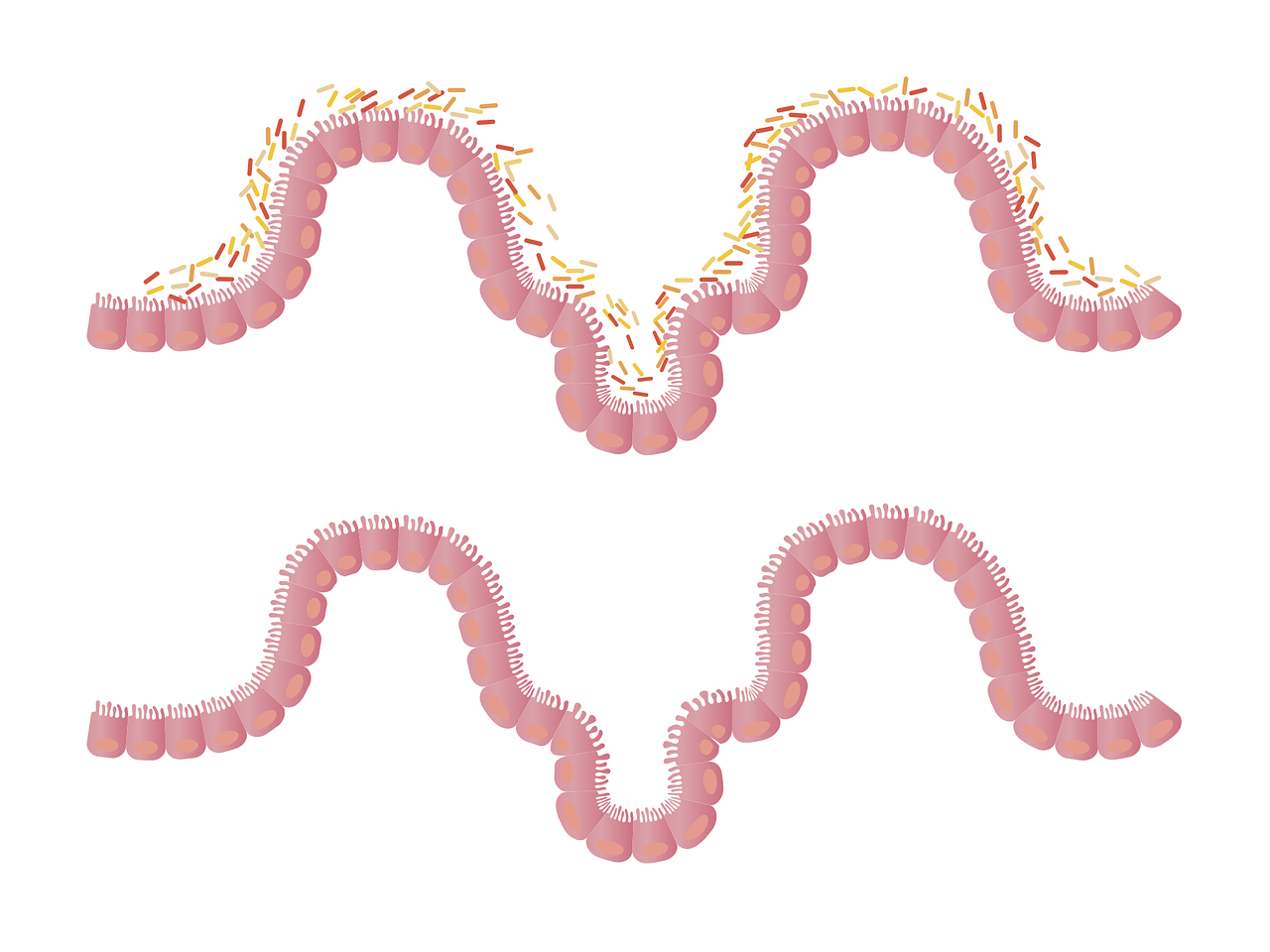
Joep Beumer and Hans Clevers, two researchers from The Netherlands, published an article in Cell on June 29, 2017, about some recent advances in gut-brain axis research.
Specifically, they present the findings of two studies, one of their own and another one, both from 2017:
The title of the article is pretty explicative if you ask me, How the Gut Feels, Smells, and Talks. Read along, and if you're a geek, you may understand why it was chosen :)
In brief:
- the gut epithelium serves a dual purpose (at least): barrier against pathogens, sensor of luminal matter; enteroendocrine cells (EEC) are key players in this
- EECs secrete (among others) GLP1 and serotonin that regulate processes like: satiety, insulin secretion, and gut motility
Hypotheses:
- do EEC secreted molecules diffuse to neurons?
- is there a direct signaling between them via synapses?
Testing:
- Bellono and colleagues (2017):
"They identify multiple luminal molecules that are sensed by the serotonin-producing subset of EECs, the so called enterochromaffin (EC) cells and that modulate serotonin release by the latter. For this, EC cells directly communicate to neurons through a synaptic interaction." [source]
- they use mouse intestinal organoids (a miniature version to study all gut epithelial types) to determine the stimuli sensed by EC cells
- they test 30 compounds for their capacity to induce calcium responses in the organoids:
"This screen revealed that isovalerate, allyl isothiocyanate (AITC), and several catecholamines activate EC cells. The fatty acid isovalerate is produced by microbiota, while AITC is a compound of mustard and wasabi and responsible for their pungent taste, highlighting the broad sensory repertoire of EC cells." [source]
- they do RNA sequencing to identify receptors that make EC cells sensitive to the compounds, and they (elegantly) validate their findings via pharmacological and genetic manipulations (would you guessed they used CRISPR/Cas9?)
- receptors like TRPA1 and Olfr558 modulate calcium influx to stimulate the release of serotonin
- serotonin release from EC cells leads to the activation of afferent nerve fibers via synapses
As they point out, it would be interesting to apply these findings to organoids derived from human guts; this would allow for a better understanding of what molecules are sensed by human EECs and the following secretion of hormones and neurotransmitters. Then:
"Next, manipulation of the gut-brain-pancreas axis through these molecules could be used to influence food intake and glucose processing and, in the case of serotonin, gut motility." [source]
And this can potentially be extremely helpful for therapeutic purposes; think diabetes, obesity, and gastrointestinal disorders.
To read the details, please start from the preview article.
Image: [via Pixabay]
To stay in touch with me, follow @cristi
Cristi Vlad, Self-Experimenter and Author
Sounds like they have some clear next steps then. Thanks for presenting this work.
Downvoting a post can decrease pending rewards and make it less visible. Common reasons:
Submit
yes, I think it's a matter of time and congregation of research until we have a better view of it.
Downvoting a post can decrease pending rewards and make it less visible. Common reasons:
Submit
What a cool area of scientific investigation, they may be on to something here.
Downvoting a post can decrease pending rewards and make it less visible. Common reasons:
Submit